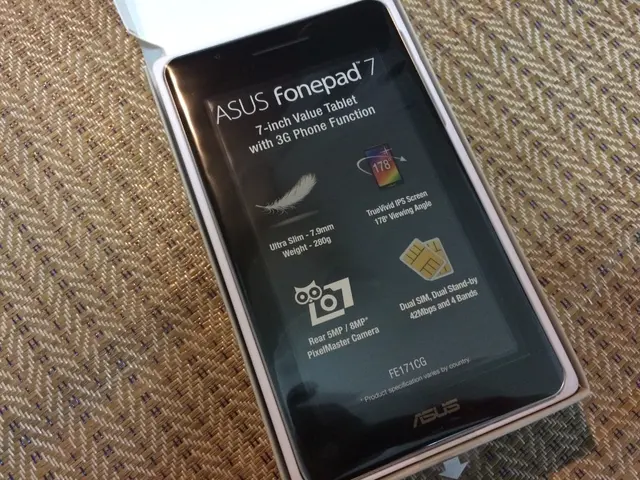Straight Talkin' on Photovoltaic Misconceptions: Debunked by an Energy Expert
Debunking Four Misconceptions about Solar Power
Got some misconceptions about solar power? You're not alone! Here we clear up four common myths about photovoltaic (PV) systems and set the facts straight.
Everybody wants to save a little green on their electricity bill and go green at the same time. And with solar panels gaining popularity, more and more people are looking into producing their own electricity. But let's make sure you're well-informed before jumping in! Remember, a well-informed decision is a smart one.
Thomas Zwingmann, an energy expert at the North Rhine-Westphalia Consumer Center, is here to help. He shares insight on some widespread misconceptions about PV electricity, so you can avoid disappointments and make the most of your solar power.
Myth 1: I can achieve complete independence from the electricity grid with a PV system and storage.
Don't be fooled! Even with a battery storage system, a PV system can only supply a certain portion of your annual household electricity. The amount varies depending on factors like the panel system's size, location, and energy efficiency, but it rarely reaches 100%. The remaining power must always come from the grid – especially during winter months or when the PV system produces less electricity.
Myth 2: A battery storage system is essential because feed-in tariffs are no longer profitable.
Wrong again! A PV system can already be financially worthwhile without a storage system. Whether a storage system pays off depends on factors like your electricity usage and costs. If a significant portion of your PV electricity can be used without a battery, then the battery system would not offer much value due to its high purchase cost.
Myth 3: A south-facing roof is always better than an east-west facing roof.
True, a south-facing roof generates the most electricity. But an east-west facing roof isn't all that bad! It can produce about 80% of the electricity a south-facing system would. And the advantage is that it collects sunlight earlier in the morning and later in the evening, providing opportunities for self-consumption during times when energy usage is typically high.
Myth 4: A plug-in solar generator can power my coffee maker.
Nope! Plug-in solar generators may offer convenient, portable solar power, but their rated power is limited to around 800 watts. They're best for powering small appliances like your refrigerator, router, or alarm clock. Your coffee maker, with its 2000-watt power consumption, would require more electricity than a solar generator can provide, and additional power must still come from the grid.
Pro tip: Understand your energy usage patterns, the size of your solar panel system, and the battery storage system's capacity to maximize self-sufficiency and save on your electricity bill.
Source: ntv.de, awi/dpa
P.S. Even though solar power is the future, remember that taxes are still part of it. So, don't forget about your tax return and the Taxpayer's Association if you need support with that!
By now, you know the facts and have the knowledge to make a smart, well-informed decision when it comes to solar power. So go ahead and save some green on those electricity bills while still doing your part for the planet!
- Enrichment Insights: To improve the efficiency of PV systems with battery storage, consider factors like the size of the solar panel system, battery storage capacity, energy usage patterns, battery depth of discharge, efficiency, smart energy management, geographic and climatic conditions, financial incentives, and resilience goals to increase energy independence and optimize system efficiency.
Community policy should address the financial incentives for the adoption of photovoltaic (PV) systems. Employment policy should focus on creating jobs in PV manufacturing, installation, and maintenance sectors. Employment policy should also consider the potential resilience benefits of increased energy independence through PV systems. Thomas Zwingmann, an energy expert, may provide valuable insights to debunk common misconceptions about the consumption of PV electricity and energy management strategies, including the importance of understanding energy usage patterns and smart energy management. The industry needs to address misconceptions about the ability of plug-in solar generators to power large appliances like coffee makers, and the misconception that complete independence from the electricity grid is achievable with just a PV system and storage. Communication through platforms like WhatsApp can contribute to addressing these misconceptions and promoting the adoption of PV systems. The finance and technology sectors must continue to invest in PV research and development to improve efficiency, reduce costs, and make PV systems more accessible to larger segments of the population.




